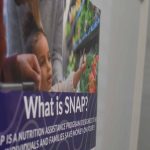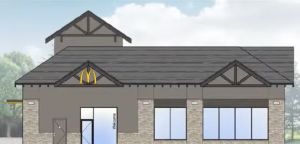Colorado’s food banks are already seeing inflated demand amid SNAP cutoff, and they’re asking for help
Food insecurity on Colorado's Western Slope persists above SNAP income guidelines, leaving food banks to make up the difference. Unfortunately, some are seeing less donations and overworked volunteers.
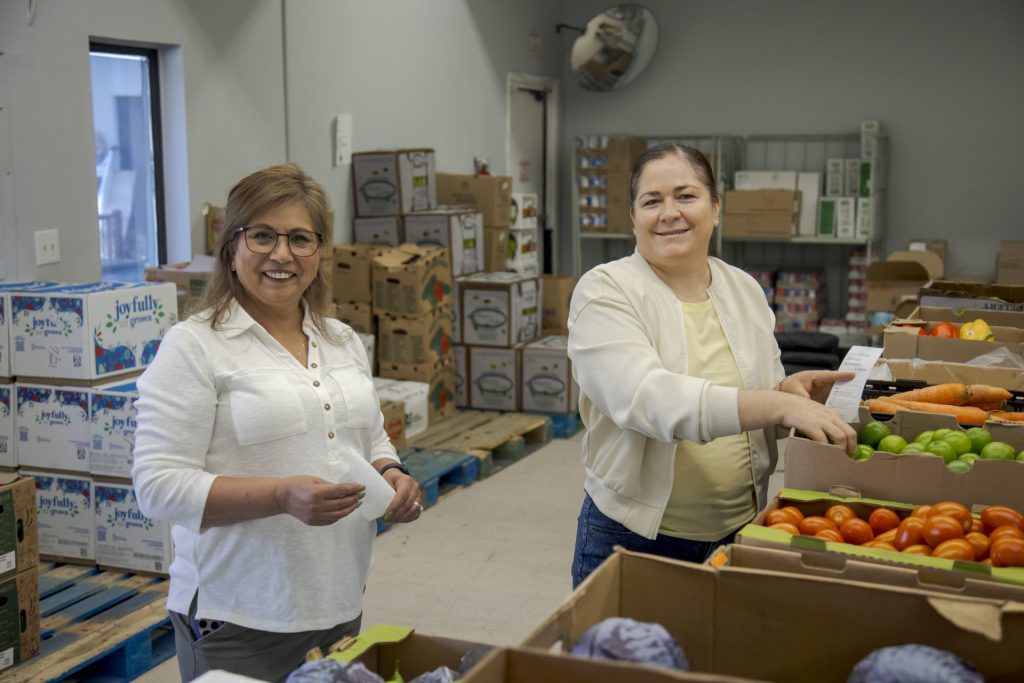
Family and Intercultural Resource Center/Courtesy photo
Food banks and local assistance programs are expecting to feed thousands of additional Coloradans amid the lapse of SNAP benefits in November. Many reported seeing increasing demand in late October.
Because of the federal government shutdown, the U.S. Department of Agriculture has not released the funds that states use to pay Supplemental Nutrition Assistance Program benefits. However, the Trump administration has since announced it will send partial SNAP benefits to those who qualify for the program.
On Oct. 31, the day before SNAP benefits were set to be suspended, two federal judges ordered the Trump administration to use emergency funds to continue paying for food stamps during the government shutdown. The emergency funds would only be enough to fund partial benefits, meaning the 42 million who receive food stamps nationwide may only get half of what households typically receive in a month.
White House press secretary Karoline Leavitt said at a Tuesday press conference that the administration is fully complying with the court order, but that it will take time for recipients to see any funds. Officials say it is unclear when the aid will actually arrive.
In the meantime, Colorado’s roughly 600,000 SNAP recipients — half of which are children — are starting the month without reprieve.
Last week, several Western Slope counties individually notified all registered households that their benefits will be suspended for the month of November through email, text messages, and notices posted to their offices. Most also posted notices on their website with links to additional sources for impacted individuals.
“Including Pitkin, Garfield and Eagle, we have about 6,000 in population that are (impacted),” Namrata Shrestha, a health access consultant with the West Mountain Regional Health Alliance and manager of the Mountain Coalition for Food and Nutrition Security said during an Oct. 29 roundtable with its food partners. “Out of that, 50% are children.”
On Thursday, the Joint Budget Committee approved Gov. Jared Polis’ requested $10 million in aid for food banks and continuation of state funding for the Special Supplemental Nutrition Program for Women, Infants, and Children (WIC).
The state plans to allocate the funding to Feeding Colorado, the parent organization of the state’s five largest food banks, including Food Bank of the Rockies.
“That distribution will be tied directly to the amount of SNAP benefits that are lost in (each of) the communities that we serve,” said Amber Hennings, director of development and community relations for Food Bank of the Rockies. The food bank is able to buy in bulk at a significant discount, turning a $1 donation into enough food for three meals.
If a federal budget were to pass any time during the month of November, states could get Electronic Benefits Transfer cards loaded, though there would likely be a seven-day lag as those are processed, according to Garfield County Human Services Director Sharon Longhurst-Pritt.
“We don’t know right now if they’re going to backdate those benefits, and so if the budget is passed, it could be where individuals will get their SNAP benefits back to Nov. 1, we don’t know that for sure,” she said.
Longhurst-Pritt said some individuals had expressed concern that their leftover October benefits would not be accepted in November, which is not the case. SNAP benefits carry over from one month into the next, meaning those who didn’t use up all their October benefits can still spend them while the program is suspended.
Food insecurity in rural mountain towns
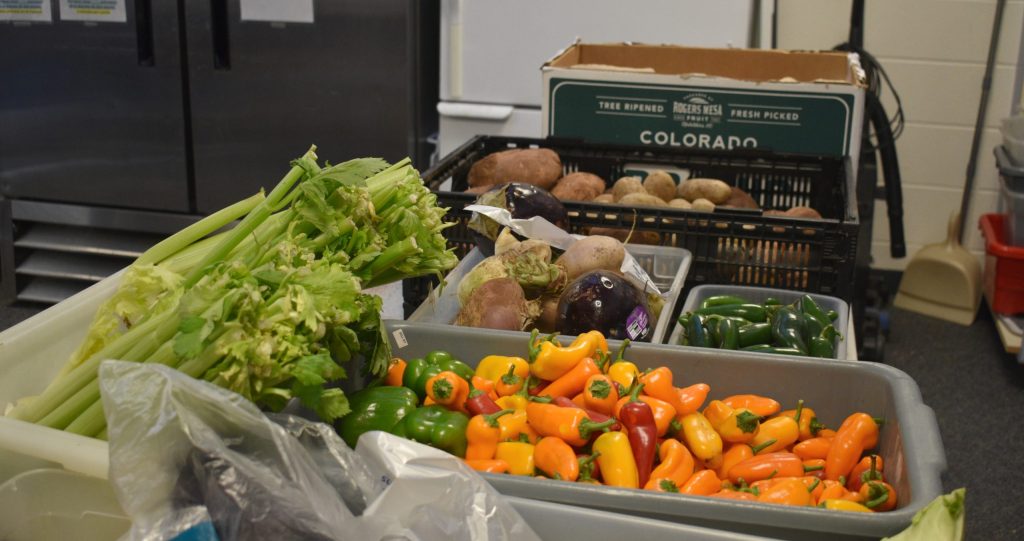
In Colorado’s mountain towns, food insecurity persists above SNAP income guidelines.
To qualify for SNAP, the applicant’s gross monthly income must be at or below 130% of the federal poverty line, though this amount varies based on household size.
The majority food-insecure residents in the Parachute to Aspen corridor corridor are women (58%), married (52%), have children (65%) and are between the ages of 36 and 45 (45%), according to a survey conducted of 1,076 residents by Colorado State University in 2024. The corridor is an 80-mile corridor along I-70 and Highway 82 spanning Pitkin, Eagle and Garfield counties.
Roughly 29% of respondents said winter is the hardest season for food access, which is fast-approaching.
Because of the high cost of living in these areas, however, a large portion of residents make too much money to qualify for federal food assistance. Of the portion of residents in the corridor
who experience food insecurity, 41% are ineligible to receive SNAP benefits — leaving many to rely on food banks and pantries.
Participants who made too much to qualify for SNAP benefits were more likely to receive the majority of their household food from food pantries, soup kitchens and other charitable food assistance programs. They were also more likely to trade off between food and needs like utilities, medicine and transportation.
This poverty gap, though magnified in resort-rural areas of the Western Slope, isn’t unique to Colorado. Nationally, approximately 44% of food-insecure households were not eligible for SNAP benefits in 2024 because their net income was too high, Colorado State University reported.
SNAP needs by Western Slope county
In Garfield County, roughly 4,000 individuals rely on SNAP benefits every month, totaling to up to $800,000 in monthly benefits. Of the 4,000, half are children, 10% are older adults, 15% are people with disabilities and the rest are non-disabled adults between the ages of 19 and 65.
Longhurst-Pritt said each recipient receives between $200 and $300 per month.
Eagle County has 1,402 individuals, or 818 households, that currently rely on $270,000 in monthly SNAP benefits. Pitkin County has the smallest number, with 302 individuals on SNAP including 61 children for a total of $66,715 in monthly food benefits.
In Summit County, between 600 and 700 people rely on SNAP benefits, totalling $226,000 in monthly grocery benefits. Routt County’s 601 individuals on SNAP benefits rely on roughly $116,000 in monthly aid.
Food banks prepare for unprecedented demand
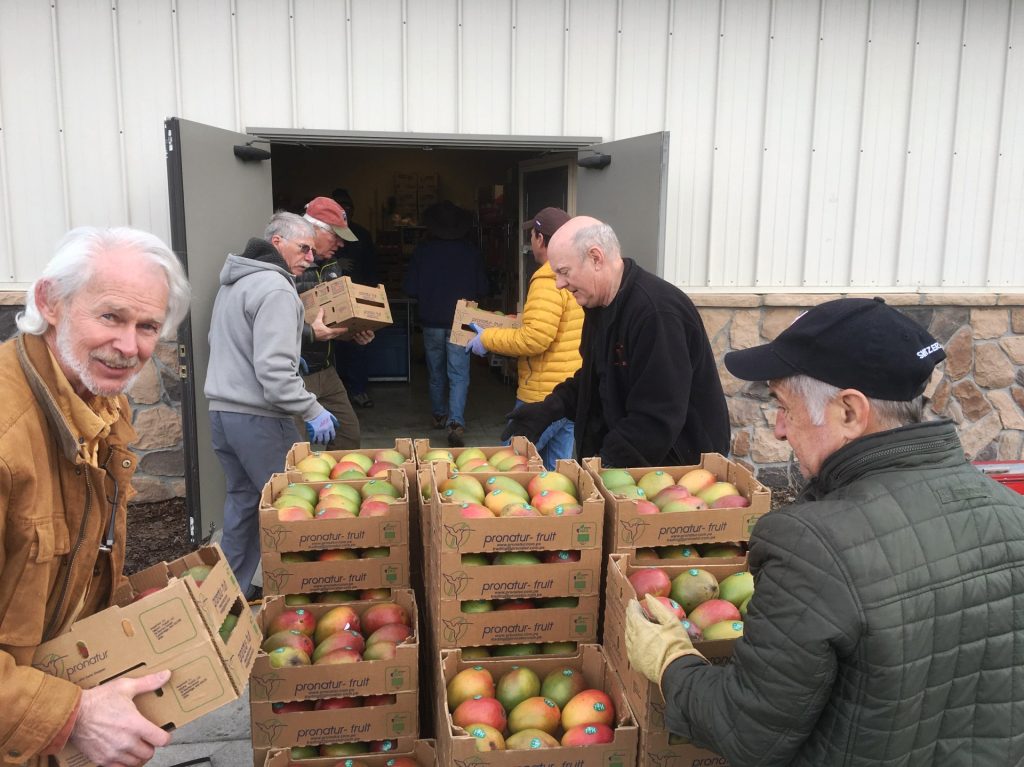
Food Bank of the Rockies, one of the five Feeding Colorado food banks, expects a “huge increase” in people visiting its food pantry locations across the Western Slope, said Director of Development and Community Relations Amber Hennings.
“Over just the last week alone, there was about a 50% increase in the ‘find food’ button on our website, where people can go to find where the food distribution is closest to their zip code,” Hennings said during the Oct. 29 roundtable. “Even just before all of these things happened, we were seeing about a 20% increase at some of our mobile pantry locations from year over year. So the need has already been growing.”
Elyse Hottel, interim executive director of LIFT-UP, said pantries have already seen a small uptick in visitors in anticipation of the suspension of SNAP benefits. As demands have increased, however, donations have decreased.
“We’ve definitely seen an inverted relationship there,” she said. “In the current climate, we’re also seeing those philanthropic dollars stretched because so many different organizations are vying for the same dollars.”
Roughly 50% of visitors to LIFT-UP only pick up food one per month, though Hottel said pantries expect more visits per month once November arrives. Residents are not required to disclose whether or not they receive SNAP benefits when using a food pantry or food bank.
“This is a very rough estimate because we don’t have a required field for SNAP benefits on our intake forms, but … we’re thinking about 25% of SNAP recipients are currently registered as pantry visitors, and so we could expect to see 75% of that — roughly 4,500 people — coming to our pantries in need of extra assistance,” Hottel said.
When COVID-19 emergency SNAP allotments ended in 2023, the Eagle Valley Community Foundation saw a 28% increase in visitation, which is roughly the uptick its pantries expect to see again in November. The foundation has two physical locations and mobile markets, one of which services students at Colorado Mountain College, according to Manager of Operations Yulisa Almarez. On average, its food pantries feed 4,000 people per week.
“Our staff is very limited at the moment, and we’re very overworked,” Almarez said.
Harvest for Hunger, which runs stigma-free self service pantries in Pitkin County with the help of 86 volunteers, also expects to see a “significant increase” in its 3,300 monthly visitors according to Executive Director Gray Warr. Harvest for Hunger food pantries don’t require any sign-ups for information gathering.
Because of anticipated demand, Pitkin County has allowed Harvest for Hunger to use its conference center to “essentially double our order of food to be prepared for the increase,” Warr said, due to the limited space in its Aspen locations. Even residents outside of Pitkin County, who often commute into Aspen or Snowmass for work, are expected to use Harvest for Hunger pantries throughout the month.
“We expect to see recipients of snap from Garfield County and Eagle County, who work in Pitkin County, to take advantage of our pantries,” Warr said. “Our pantries are open five days a week, eight hours a day. So we feel that while they may take advantage of pantries downvalley, they may also take advantage of our pantries as well. So we’re expecting a significant increase.”
Mary Kenyon, executive director of Valley Meals and More, said the organization is in a “wait and see mode right now.” The organization delivers roughly 520 meals per week to older adults in eastern Garfield County.
“I don’t know if people actually will go to use their card and realize, oh, there isn’t any money on here,'” Kenyon said, adding that Valley Meals and More delivers meals four days a week. “We’re not sure how they’re going to portion out our meals. My guess is that they’ll eat half this day and save more for the weekend.”
Where to find help
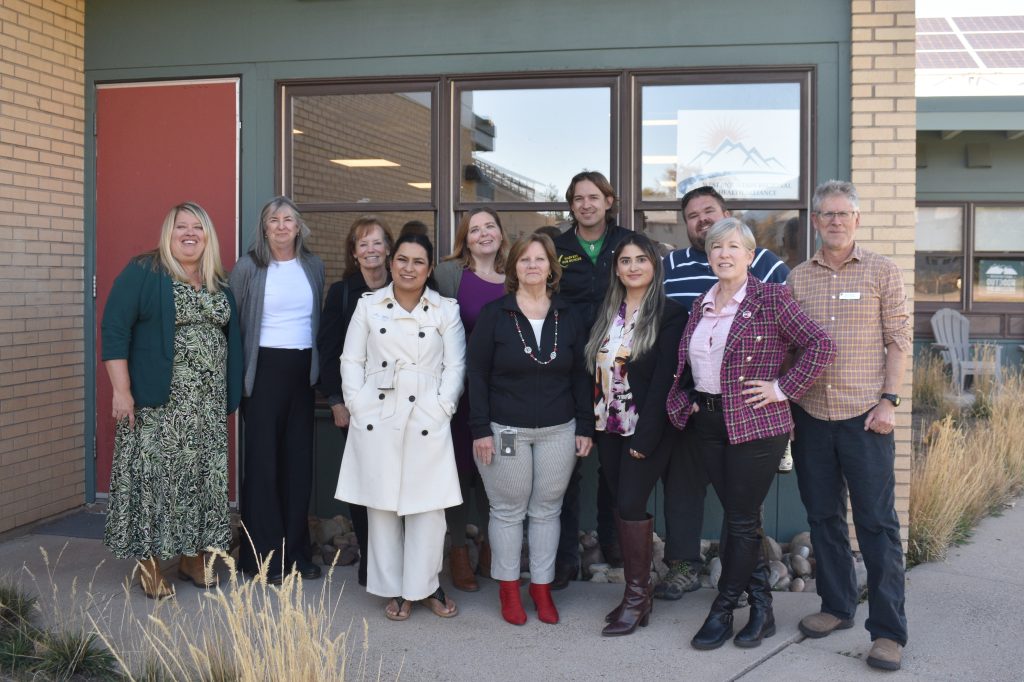
Longhurst-Pritt said residents should continue to apply for SNAP even during the partial funding lapse. “We’re still continuing our day jobs in regards to processing applications, taking applications. And so once the federal budget is passed, those benefits will go back to date of application,” she said.
Clients relying on the Women, Infants and Children nutrition access program (WIC), which provides food for 100,000 women and children in Colorado, currently have benefits for the month of November, thanks to the approval of funding by the Joint Budget Committee on Thursday.
Christine Dolan, nutrition programs manager for Garfield County Public Health, said that those on SNAP benefits in a qualifying category automatically qualify for WIC, which helps women who are pregnant, breastfeeding, postpartum or have children under the age of five.
“If tomorrow WIC is funded, but your food stamps are delayed, you can enroll in WIC,” Dolan said on Wednesday. Income qualifying guidelines for WIC are slightly higher than food stamps, and require that the recipient make under 185% of the federal poverty.
To find food assistance resources in your area, contact Feeding Colorado and 211 Colorado:
- Feeding Colorado: Search the Feeding Colorado food finder or email info@feedingcolorado.org
- 211 Colorado: Call 2-1-1 or 866-760-6489 or visit the 211 Colorado website.
Food banks need ‘funds, friends and food’
Western Slope residents that are above the poverty line for SNAP benefits are twice as likely to get food from food pantries and food kitchens, according to Colorado State University. With the influx of visitors food banks are soon to encounter, many are reaching out to their communities asking for donations and volunteers.
“Funds, friends and food” is how Hottel summarizes the type of support LIFT-UP needs from their communities, which essentially translates to cash donations, volunteering and food drives.
Warr and Almarez said their organizations are in pressing need of volunteers and donations for the winter, while Food Bank of the Rockies said monetary donations would have the highest impact.
“We’re just looking for any type of help,” Almarez said. “Anything really, really helps, whether it’s volunteering some time where you come in and do a two-hour shift, whether you can donate $5 (which) helps immensely, or if there’s just items that you anybody has at home that you’re not making use of that somebody else can use, we’re happy to take (those).”

Support Local Journalism

Support Local Journalism
As a Summit Daily News reader, you make our work possible.
Summit Daily is embarking on a multiyear project to digitize its archives going back to 1989 and make them available to the public in partnership with the Colorado Historic Newspapers Collection. The full project is expected to cost about $165,000. All donations made in 2023 will go directly toward this project.
Every contribution, no matter the size, will make a difference.



